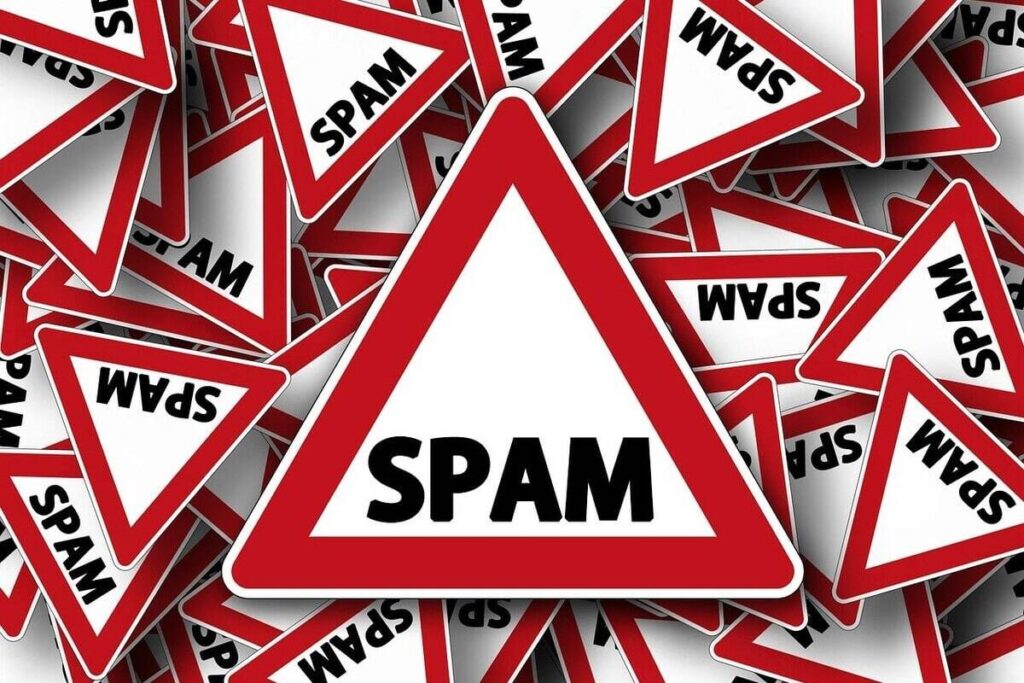Unraveling the Phenomenon of Spamming Nation: Causes, Impact, and Solutions

Spam is now widely spread on the internet. Over 90% of emails are now considered spam, worsening the issue. Spam can be deadly in addition to being a nuisance. It may include malware such as Trojans, viruses, and other threats that might damage your computer and cause various issues. It can also steal someone’s identity or phish for personal information.
There are many causes for why spam has grown to be such an issue. First off, it’s easy to send out millions of emails covertly. Second, many people are prepared to make purchases or click on links they often wouldn’t because they receive something for free or believe they may earn a quick profit. And last, many people are eager to pay to have spam used to advertise their website or product.
Spam has effects that go beyond simple annoyance. It may cause identity theft, clog your email inbox, and slow down your computer. Businesses are said to lose billions of dollars annually due to lost productivity and resource waste due to spam.
Spam can be fought in several ways. The first is to be cautious about what you open and click on. Don’t open an email from someone if you weren’t expecting it. Only click on a link if you’re sure about it. And if you ever are requested for personal information, exercise extreme caution.
Additionally, you can set up spam filters, which will aid in removing the majority of spam emails. These filters could be better, but they can be instrumental. While spam emails might still get by the filter, some legitimate ones might get intercepted.
Reporting spam is the most effective approach to combat it. If you get them, send them spam emails to the business or website they promote. Most of these businesses are unaware that their goods are being advertised via spam, and they will immediately delete the offending website or account. You can also report spam to the Federal Trade Commission or your email provider.
Nationwide Spam Factors
The rising issue of spam and other unwelcome communications is frequently called “spam nation.” Spam has various causes, but botnets and phishing schemes are the most prevalent.
A network of infected computers under a hacker’s control is known as a botnet. The hacker can conduct more assaults or send spam emails using the botnet. Phishing scams are emails that appear to be from a reputable company but attempt to deceive you into providing personal information or clicking on a dangerous link and are frequently made using botnets.
One of the most prevalent types of spam is phishing schemes. Over 1.2 billion phishing attempts were made in total in 2018. The victims of many of these successful phishing attempts ultimately provide the hackers with their personal information. Identity theft, financial loss, and other issues could result from this.
These are two of the most prevalent causes of spam nationwide. However, there are numerous others. You can take measures to safeguard yourself if spam is a concern. Use a spam filter and be wary of any emails that seem off-putting. Feel free to get in touch with the business directly if you have any doubts about an email to confirm its legitimacy.
The Effects of the Spam Nation
Sending unsolicited emails is sometimes called “spamming.” Still, it can also relate to sending other kinds of unwelcome electronic messages, such as text messages, instant messaging, and comments on social networking platforms. Spamming is frequently considered an annoyance but can harm people and businesses.
Spam can result in fraud and identity theft.
Identity theft occurs when someone commits fraud or another crime using your personal information, such as your name, Social Security number, or credit card number, without your consent. Identity thieves can open new accounts, make unauthorized transactions on your existing accounts, or use your information to apply for a tax return or other government benefits in your name.
Fraud is a crime that employs deception to obtain money or property from another person. Phishing scams, in which criminals send emails or texts pretending to be a legitimate company to dupe victims into providing personal information or financial data, and “smishing” scams, in which criminals send texts pretending to be a legitimate company to trick victims into downloading malware or providing personal information, are two common types of fraud.
Malware can spread as a result of spam.
Malware is an abbreviation for “malicious software.” It is a category of software intended to harm or take down servers, computers, networks, or other electronic equipment. Text messages, instant conversations, social media posts, and email attachments can all propagate malware. Once the malware has been put on a device, it may be possible for thieves to access both the device and any data or personal information that is on it.
Denial-of-Service (DoS) attacks may also result from spam.
A DoS attack is a particular kind of attack in which criminals try to prevent authorized users from using a computer or network resource. DoS attacks can be carried out by overwhelming a computer or network with fictitious traffic or barraging it with information requests. DoS attacks can make internet services slow or unavailable, email servers overcrowded and inaccessible, and websites crash.

Remedies for a Nation of Spammers
It might be challenging to find your way around the internet. You’re constantly inundated with emails, advertisements, and pop-up windows. It must be challenging to remain concentrated and finish your assignment. Then there are the unsolicited emails.
More than merely a pain, spam is annoying. Security is in danger. Spammers may use your personal information to commit fraud or identity theft. They may also spread malware into your machine. Fortunately, there are measures you can take to guard against spam.
Here are approaches to the spam issue:
1. Utilize a spam filter.
Software tools called spam filters assist in removing spam messages. They identify common traits in spam emails, mark them as spam, or delete them.
Spam filters come in a wide variety for private and commercial use. MailWasher, SpamBully, and SpamAssassin are a few popular ones.
2. Use caution when disclosing personal information.
Spammers frequently collect email addresses and other types of personal data from websites. They can also purchase email address lists from independent businesses.
Be cautious while sharing information online to preserve your privacy. Only share your email address if you are sure that it is secure. Additionally, exercise caution while completing online forms or responding to unwanted communications.
3. Continue to upgrade your computer
Keeping your software updated is one of the best methods to safeguard your computer from spam. Your operating system, web browser, and email client are all included in this.
When software makers publish updates, they frequently include security upgrades for flaws that spammers might exploit. Therefore, by keeping your software updated, you can defend against threats to your computer.






